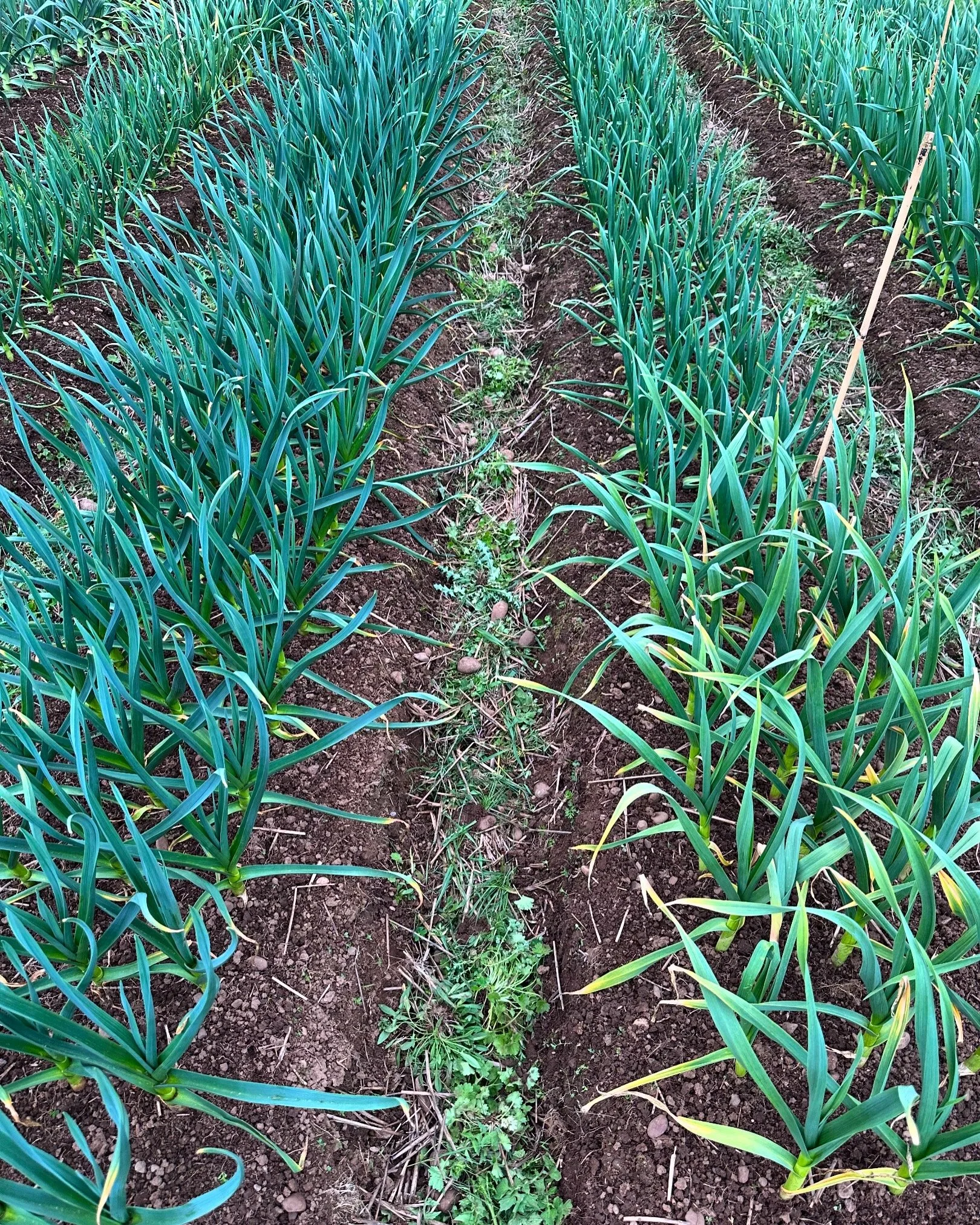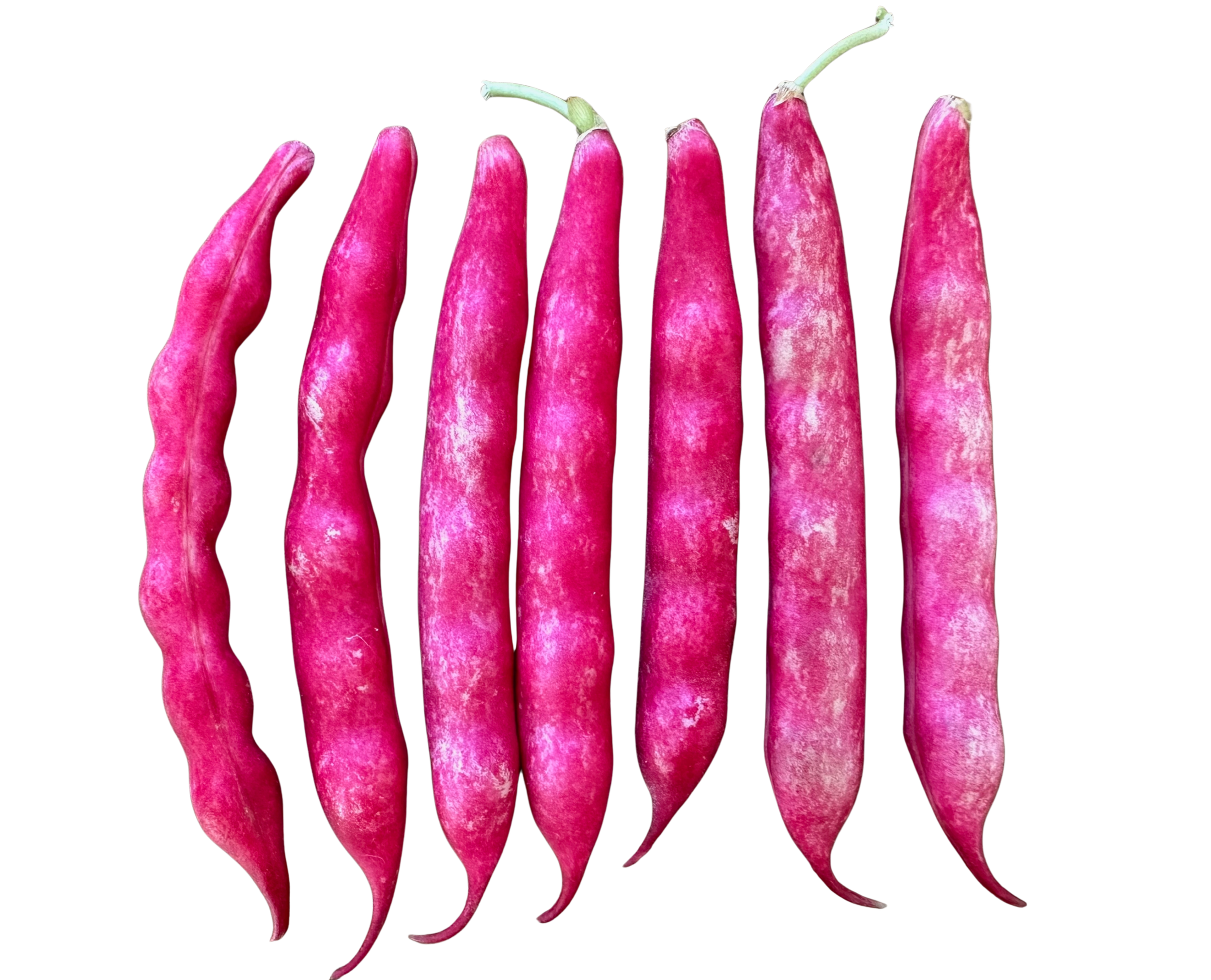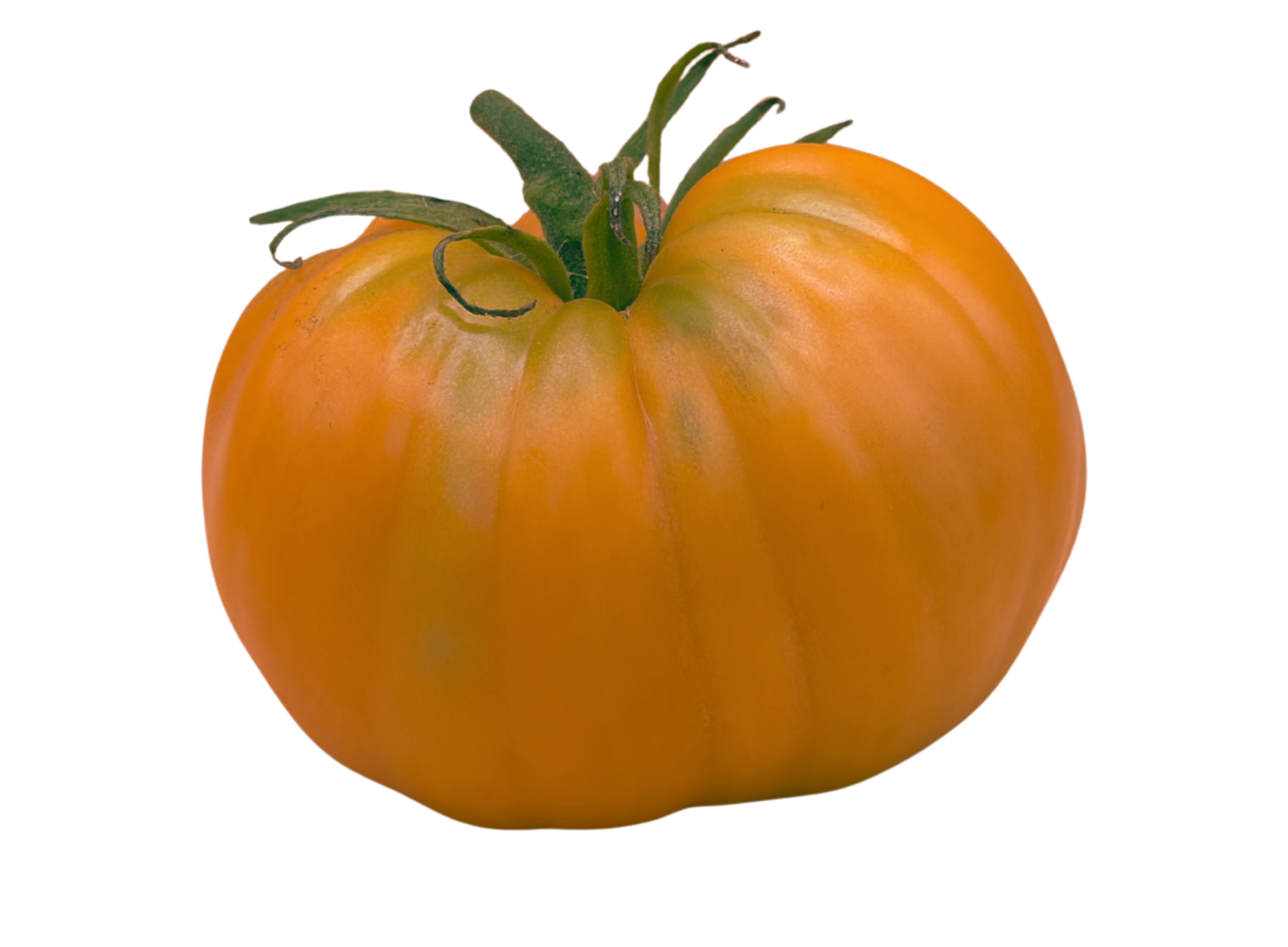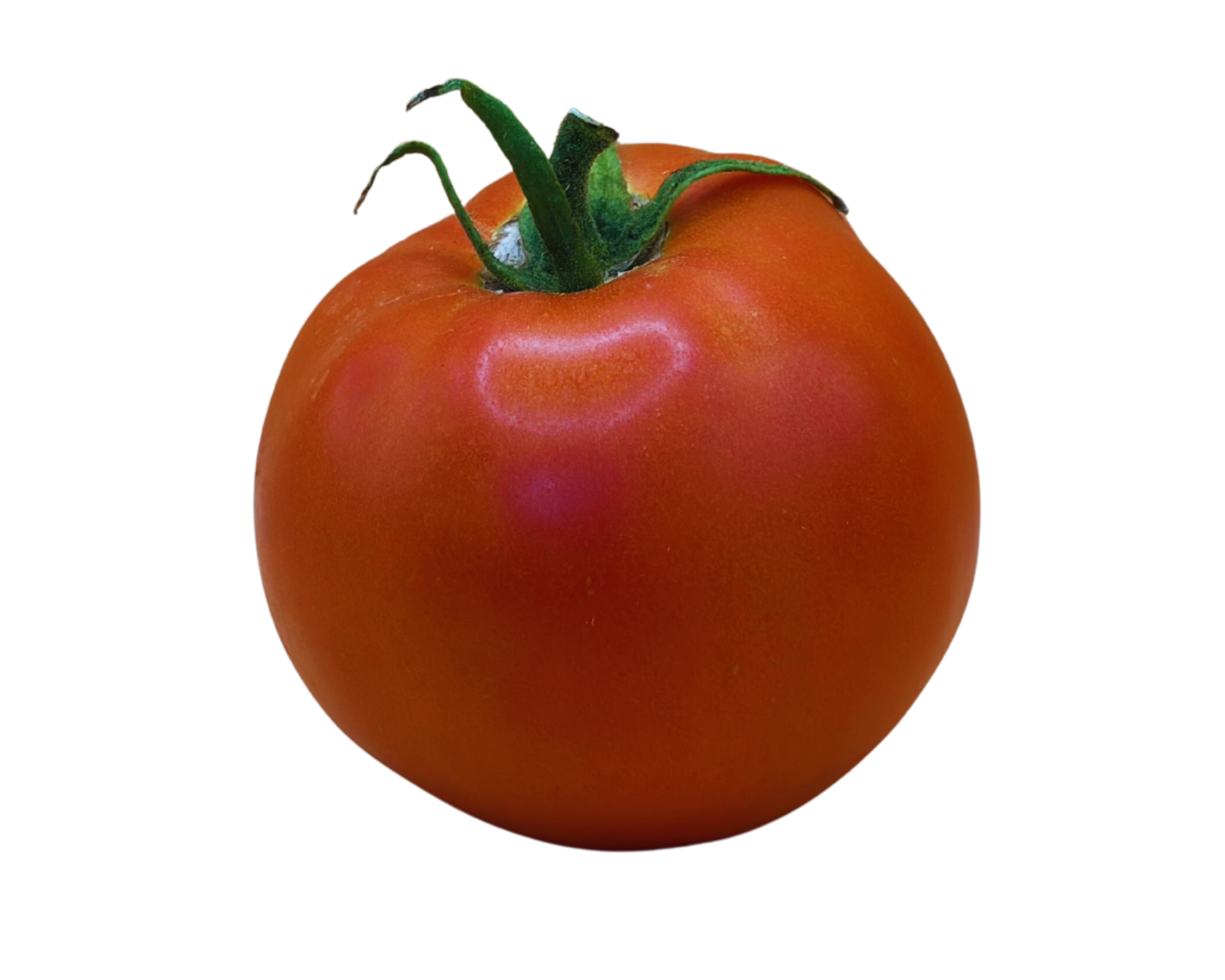
Our Growing Practices
We are committed to sustainably managing our small piece of earth, leaving it better than we found it. We live on this property, and our dogs roam every inch; various species of wildlife call our farm home; we keep honeybees; and we also eat the same food that we grow for you.
Organic Practices
While we observe organic growing practices where we grow our food, we are not currently certified at this time. We are what’s considered a micro-farm and certification is prohibitively expensive; due to our size and scale, USDA regulations allow us to be exempt from certification while still using the term ‘organically grown.’
We only use organic-approved fertilizers and manage weeds with mulching, good old-fashioned hand pulling, or the trusty weed eater. No organic pesticides are used on any of your food.
Beneficial Growing Practices
Integrated Pest Management
We utilize IPM (Integrated Pest Management), which is a common-sense, long-term strategy to prevent, minimize, and manage pests, disease, and weeds on our farm. Some examples include bird and bat boxes to manage problematic insect populations, beneficial predatory insects such as ladybird beetles, insect exclusion netting, and bait crops when needed. This method of pest management requires constant vigilance and monitoring of our farm, which we think is really the best defense.
Soil Health
We rotate our crops on a three-year cycle to minimize pests and diseases; we also use cover crops, organic-approved fertilizers, compost, and mulches to improve our soils.
We are a member of the Coast Fork Willamette Watershed Council and support their work in our local watershed.
Pollinators
We are the proud caretakers of a few thousand honeybees, and big fans of the various native pollinators we see on our farm. We’ve ensured that our farm is safe for all pollinators and we strive to have many flower and habitat options available throughout the year for them to utilize. It’s common for us to let extra vegetables go to flower when others typically wouldn’t.
Honey Bees
We started beekeeping with Langstroth hives, as most do; but when we kept losing hives in our rainy climate and struggled with the weight of re-arranging boxes, we shifted to a different system.
Slovenian Hives, or AZ Hives, are a cabinet-like hive system where the only thing lifted are the individual frames. Hives are enclosed and protected inside of a shed or building, with the front or entrance of the hive often flush with the siding. The back of the hive is opened and worked from inside the enclosure, allowing feeding, monitoring, and treatment even in inclement weather.
As we build our apiary back up, we will have local honey and other premium bee products available.
Our Values
-
Long Term Sustainability
We view sustainability as a very long-term process - longer and wider than our lifetimes or generations.
-
Land Stewardship
We bring a deep understanding of soil health, plant biology, insect impacts, disease cycles and wildlife habits into our work to take care of our land.
-
Quality Standards
Our stringent garlic grading process results in consistently larger garlic in each size category.
-
Community Responsibility
The fact that our produce will enter your homes and be on your table is not something we take lightly; we also eat the same food we grow for you.

Want to learn more?
Please reach out if you have any questions about our growing practices. We embrace transparency and are always happy to answer your questions.











